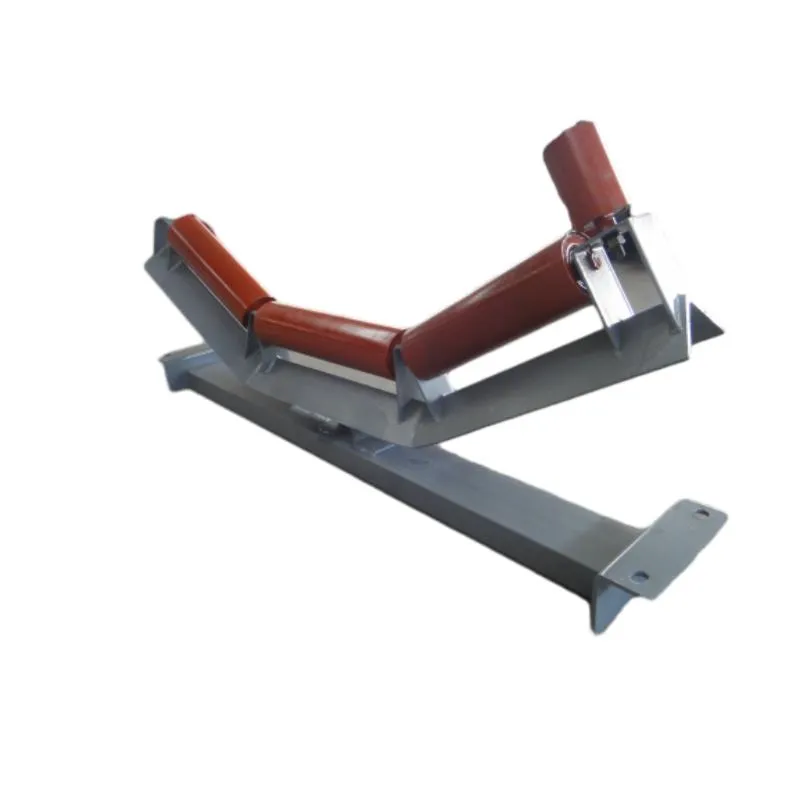 Afrikaans
Afrikaans  Albanian
Albanian  Amharic
Amharic  Arabic
Arabic  Armenian
Armenian  Azerbaijani
Azerbaijani  Basque
Basque  Belarusian
Belarusian  Bengali
Bengali  Bosnian
Bosnian  Bulgarian
Bulgarian  Catalan
Catalan  Cebuano
Cebuano  Corsican
Corsican  Croatian
Croatian  Czech
Czech  Danish
Danish  Dutch
Dutch  English
English  Esperanto
Esperanto  Estonian
Estonian  Finnish
Finnish  French
French  Frisian
Frisian  Galician
Galician  Georgian
Georgian  German
German  Greek
Greek  Gujarati
Gujarati  Haitian Creole
Haitian Creole  hausa
hausa  hawaiian
hawaiian  Hebrew
Hebrew  Hindi
Hindi  Miao
Miao  Hungarian
Hungarian  Icelandic
Icelandic  igbo
igbo  Indonesian
Indonesian  irish
irish  Italian
Italian  Japanese
Japanese  Javanese
Javanese  Kannada
Kannada  kazakh
kazakh  Khmer
Khmer  Rwandese
Rwandese  Korean
Korean  Kurdish
Kurdish  Kyrgyz
Kyrgyz  Lao
Lao  Latin
Latin  Latvian
Latvian  Lithuanian
Lithuanian  Luxembourgish
Luxembourgish  Macedonian
Macedonian  Malgashi
Malgashi  Malay
Malay  Malayalam
Malayalam  Maltese
Maltese  Maori
Maori  Marathi
Marathi  Mongolian
Mongolian  Myanmar
Myanmar  Nepali
Nepali  Norwegian
Norwegian  Norwegian
Norwegian  Occitan
Occitan  Pashto
Pashto  Persian
Persian  Polish
Polish  Portuguese
Portuguese  Punjabi
Punjabi  Romanian
Romanian  Russian
Russian  Samoan
Samoan  Scottish Gaelic
Scottish Gaelic  Serbian
Serbian  Sesotho
Sesotho  Shona
Shona  Sindhi
Sindhi  Sinhala
Sinhala  Slovak
Slovak  Slovenian
Slovenian  Somali
Somali  Spanish
Spanish  Sundanese
Sundanese  Swahili
Swahili  Swedish
Swedish  Tagalog
Tagalog  Tajik
Tajik  Tamil
Tamil  Tatar
Tatar  Telugu
Telugu  Thai
Thai  Turkish
Turkish  Turkmen
Turkmen  Ukrainian
Ukrainian  Urdu
Urdu  Uighur
Uighur  Uzbek
Uzbek  Vietnamese
Vietnamese  Welsh
Welsh  Bantu
Bantu  Yiddish
Yiddish  Yoruba
Yoruba  Zulu
Zulu primary belt cleaner
Understanding the Importance of Primary Belt Cleaners in Material Handling Systems
In the world of industrial material handling, conveyor systems play a vital role in the transportation of materials across various sectors. However, as efficient as these systems are, they face a common challenge the accumulation of material on the return side of the conveyor belts. This is where primary belt cleaners come into play, serving as crucial components that enhance the performance and longevity of conveyor systems.
What are Primary Belt Cleaners?
Primary belt cleaners, also known as primary belt scrapers, are installed on the discharge area of a conveyor belt. Their primary function is to remove bulk materials that adhere to the belt after it has discharged its load. Effective cleaning not only helps in maintaining the conveyor's efficiency but also prevents material buildup that could lead to additional wear and tear on the system.
The Need for Primary Belt Cleaners
Material spillage on the conveyor return can lead to numerous problems. First and foremost, it creates a safety hazard for workers, increasing the risk of slips and falls. Additionally, excessive material on the return side can cause contamination of the product being conveyed, affecting overall quality and usability. Moreover, left unchecked, it can lead to increased maintenance costs and unscheduled downtime, impacting productivity.
By employing primary belt cleaners, companies can address these challenges head-on. These devices are designed to operate in various environments—be it heavy-duty applications in mining, agricultural transport, or light-duty settings in manufacturing facilities. The investment in effective belt cleaning technology pays dividends in terms of safety, productivity, and equipment lifespan.
Key Features of Efficient Primary Belt Cleaners
1. Material Composition Quality primary belt cleaners are made from durable materials that withstand the harsh conditions of industrial environments. Common materials include polyurethane and rubber, which have excellent wear resistance and cleaning capabilities.
primary belt cleaner

2. Adjustability A pivotal feature of primary belt cleaners is their adjustability. Good designs allow for easy tension adjustments, enabling the scraper to maintain consistent contact with the conveyor belt. This ensures optimal cleaning efficiency without causing damage to the belt itself.
3. Easy Maintenance An ideal primary belt cleaner should require minimal maintenance while providing maximum efficiency. Features like quick-release mechanisms or modular designs help ensure that maintenance or replacement can be carried out swiftly, minimizing production interruptions.
4. Effective Cleaning Mechanism Different designs may employ various mechanisms like blades or scrapers, which ensure thorough cleaning of the belt surface. The effectiveness of these mechanisms is often crucial in determining how well the equipment functions.
Benefits of Using Primary Belt Cleaners
The implementation of primary belt cleaners significantly enhances the operational efficiency of conveyor systems. Key benefits include
- Improved Safety By minimizing material spillage, primary cleaners reduce the risk of accidents in the workplace. - Lower Maintenance Costs Effective cleaning prolongs the lifespan of belts and other conveyor components, resulting in cost savings over time. - Enhanced Productivity Clean belts contribute to higher throughput and less downtime due to maintenance actions related to material buildup. - Environmental Compliance By controlling spillage and dust, primary belt cleaners can help organizations comply with environmental regulations and promote sustainable practices.
Conclusion
In summary, primary belt cleaners are an essential part of maintaining efficient and safe conveyor systems in various industrial settings. Their role in reducing material spillage and enhancing cleaning processes cannot be overstated. As industries continue to prioritize productivity and safety, the integration of advanced primary belt cleaning technologies will undoubtedly play a significant role in optimizing operations. By selecting high-quality, adjustable, and easy-to-maintain primary cleaners, companies can ensure they are making a wise investment toward a more efficient and sustainable future.
-
Revolutionizing Conveyor Reliability with Advanced Rubber Lagging PulleysNewsJul.22,2025
-
Powering Precision and Durability with Expert Manufacturers of Conveyor ComponentsNewsJul.22,2025
-
Optimizing Conveyor Systems with Advanced Conveyor AccessoriesNewsJul.22,2025
-
Maximize Conveyor Efficiency with Quality Conveyor Idler PulleysNewsJul.22,2025
-
Future-Proof Your Conveyor System with High-Performance Polyurethane RollerNewsJul.22,2025
-
Driving Efficiency Forward with Quality Idlers and RollersNewsJul.22,2025





























